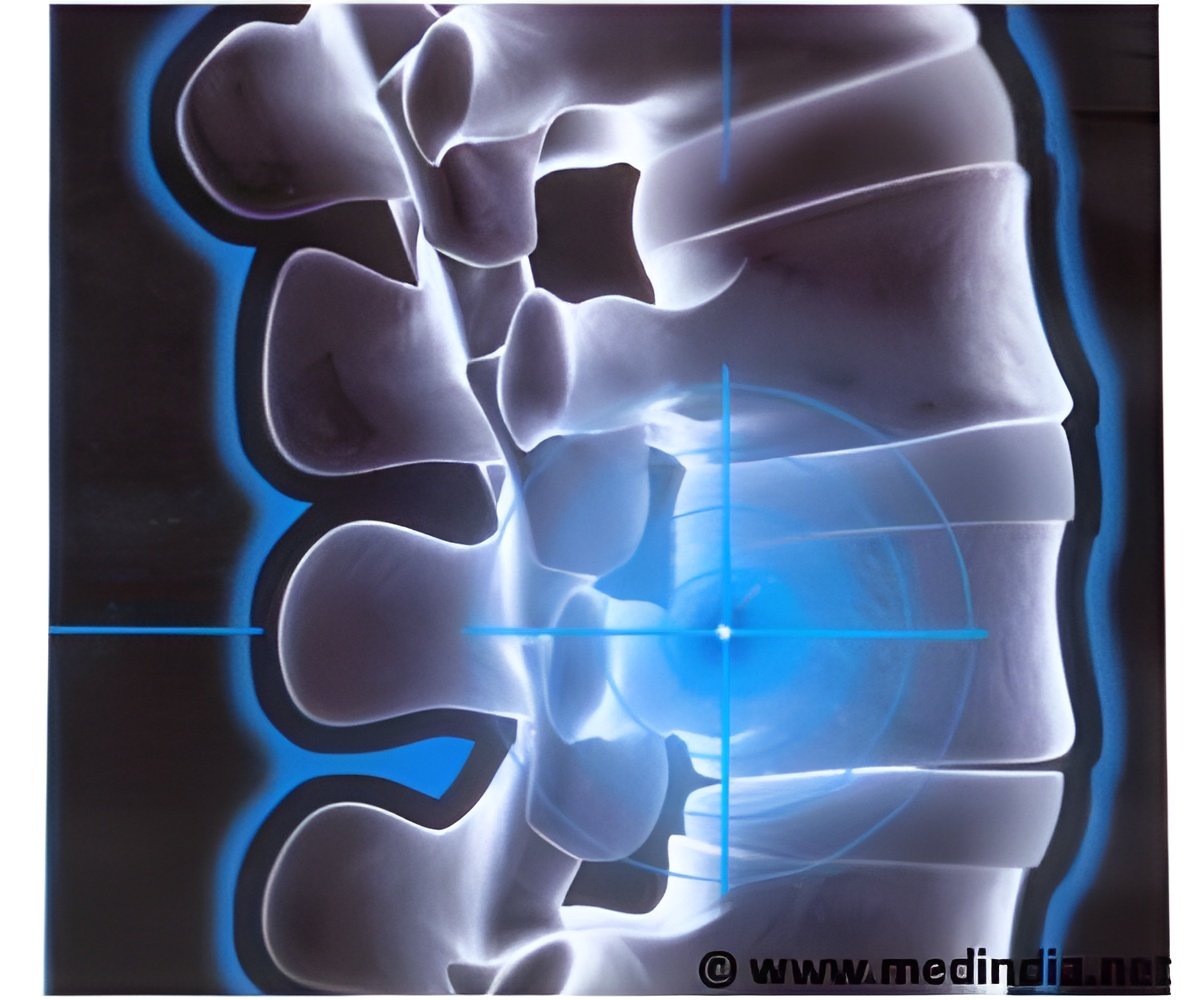Based on 3-dimensional ultrasound imaging of the spine relative to bone landmarks, Scolioscan can be used to determine the spine’s rotation in various planes.

The diagnosis method is effective for the initial stage of the disease, but repeated X-rays are problematic for tracking progression of scoliosis because of the mutagenic risks associated with cumulative radiation exposure. Since frequent screening is an important in the management of scoliosis and in mitigating its progression, an alternative to X-ray imaging represents a significant breakthrough.
Based on 3-dimensional ultrasound imaging assessments of the spine relative to bone landmarks, Scolioscan can be used to determine the spine’s rotation in various planes.
The device can capture coronal images of the spine while the patient is in a standing position. The extent of spinal curvature is measured from these images and tracked over time to determine the stability of the spinal angles and scoliotic progression.
Since the device is free of radiation, frequent screenings can be obtained for early detection and safe tracking.
Advertisement











